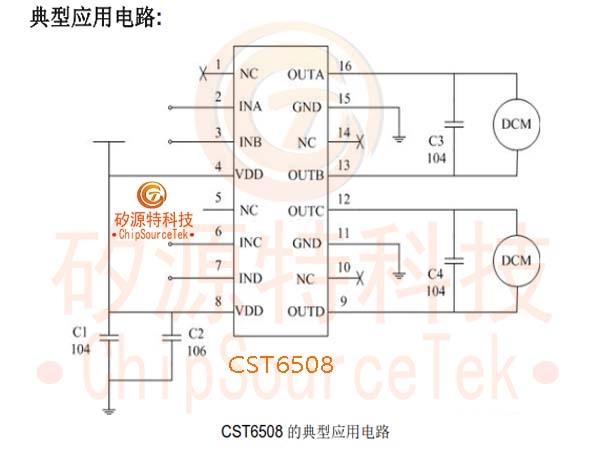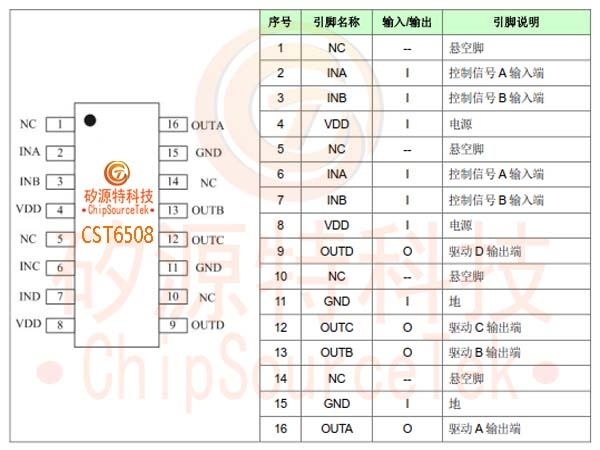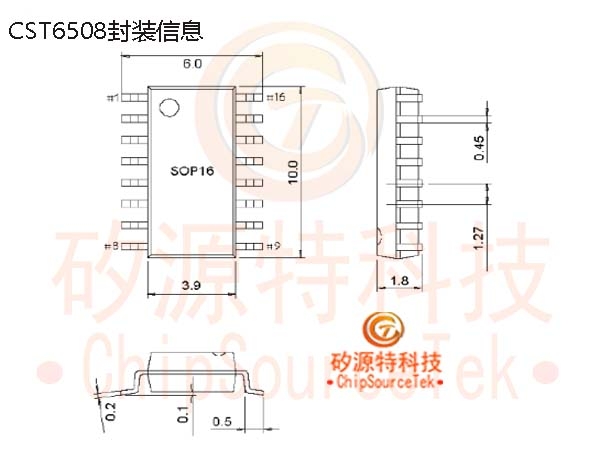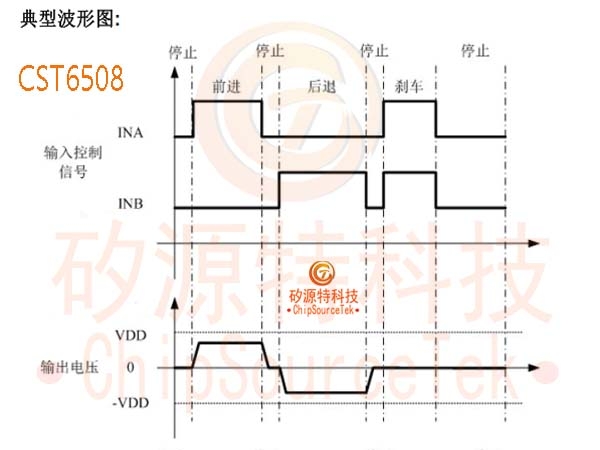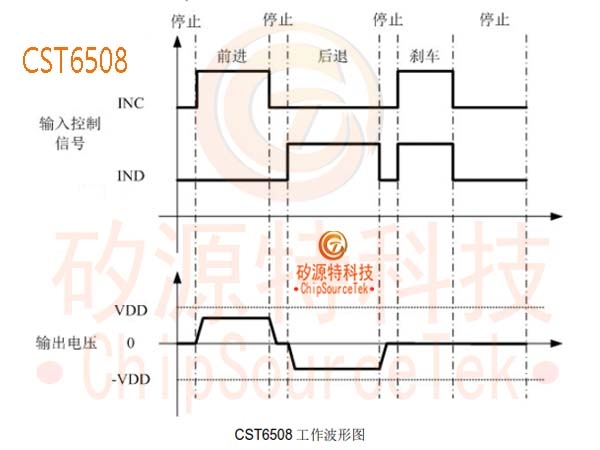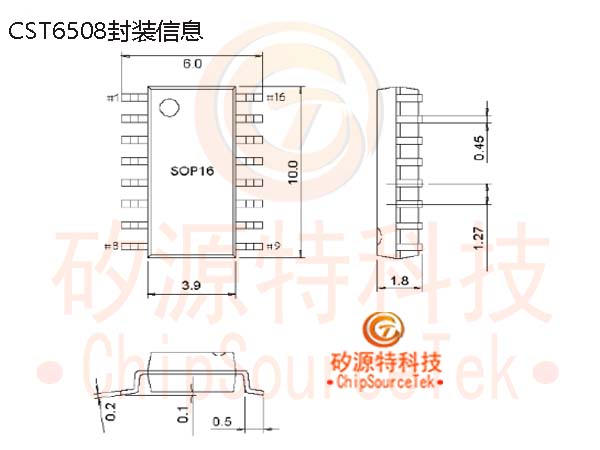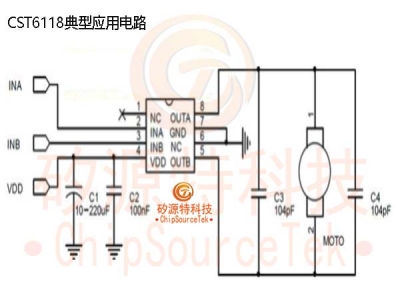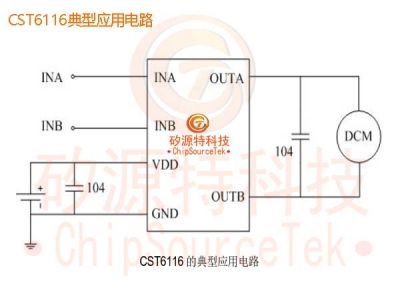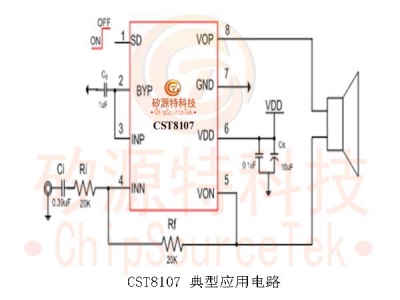CST6508 Introduction:
CST6508 is a dual channel brushless DC motor driver chip. The maximum continuous output current can reach 1.8A, and the peak value can reach 2.5A. The chip is equipped with a power MOS full bridge driver, which can drive forward, backward, stop, and brake functions. At the same time, it is equipped with an overtemperature protection circuit to ensure the safety of chip operation。
The full bridge driving architecture and driving method can save peripheral filtering circuits, save costs, and facilitate applications. The extremely small static power consumption of the circuit (less than 1uA) can make the application range of CST6508 more extensive。
CST6508 Advantage:
Adopting a dual channel full bridge power drive structure
Working voltage range (1.5V~7V)
The maximum continuous output current can reach 1.8A
The maximum peak output current can reach 2.5A
Including forward/reverse/stop/brake functions
Extremely low static current (typ. 0.1uA)
Built in thermal protection function with hysteresis effect (TSD)
Packaging form: SOP16
CST6508 Application:
DC brush motor drive for toys
CST6508 Order Information:
CST6508 typical application circuit:
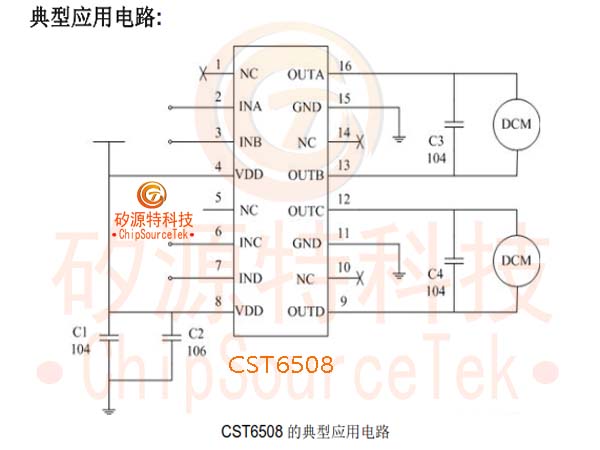
CST6508 Special precautions:
It is generally recommended to add 104 capacitors when the CST6508 power supply is connected to the ground. If the power supply fluctuates greatly or the output drive current is large, it is recommended to add 10uF-330uF electrolytic capacitor, which can be selected according to the actual situation。
The general application of CST6508 can eliminate the 104 capacitors from the output end to the ground. If the power supply fluctuates significantly or the output drive current is high, it is recommended to add 104 capacitors to the ground at each output port。
C3 and C4 are generally built-in capacitors of the motor。
CST6508 is sensitive to static electricity. Anti static measures need to be taken during packaging, transportation, processing, and other processes。
CST6508 Pin diagram and description:
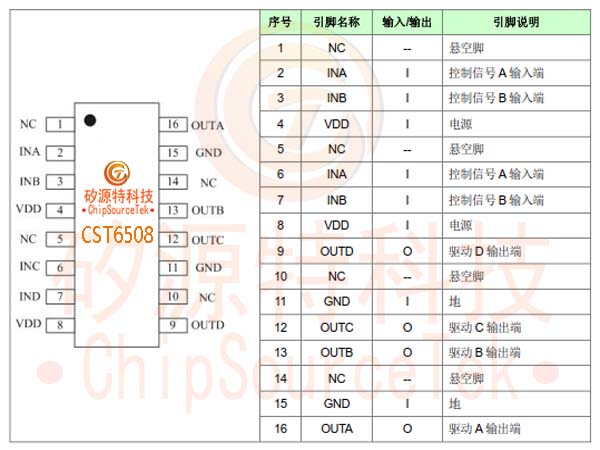
CST6508 Typical waveform:
.jpg)
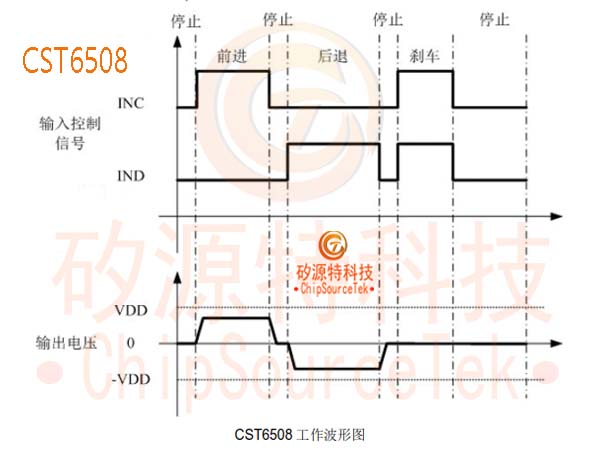
CST6508 Encapsulation information:






